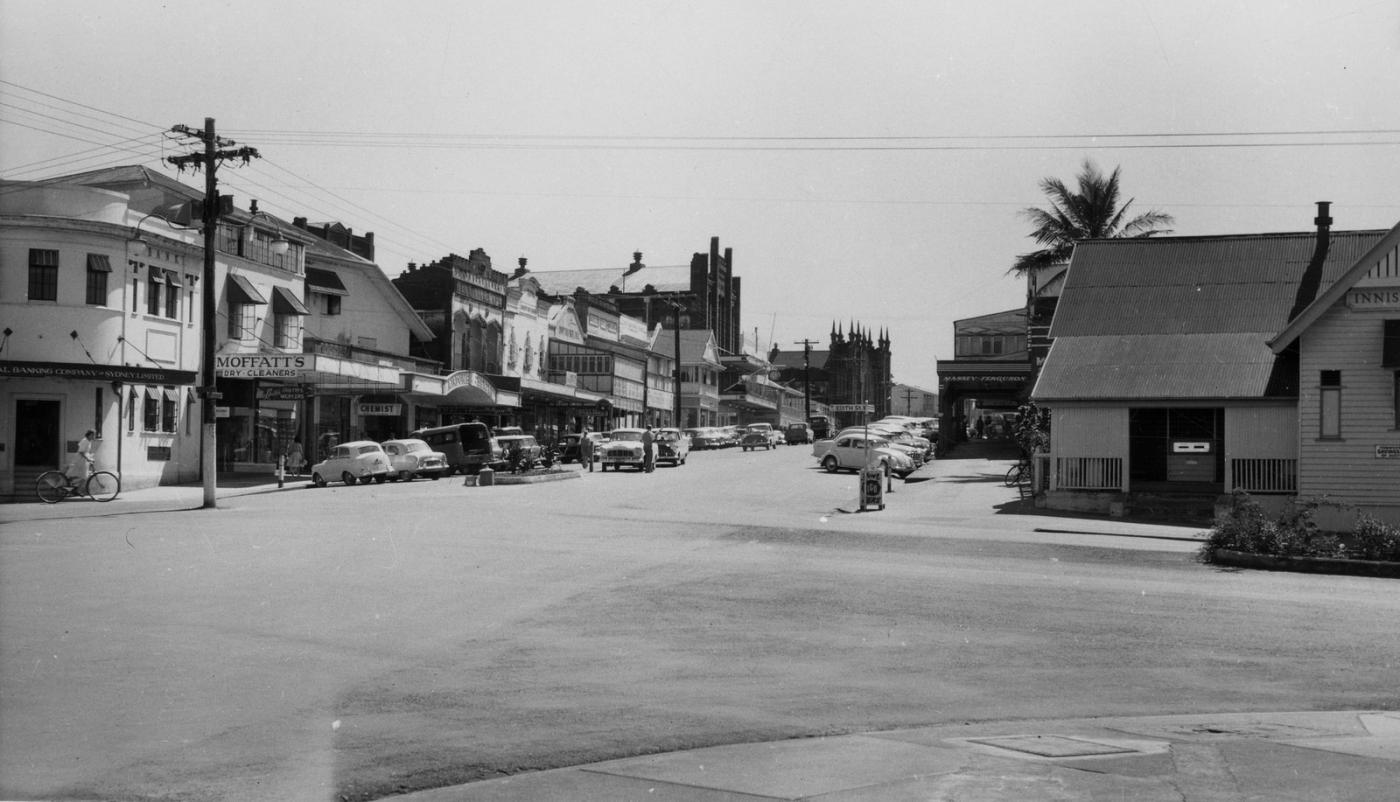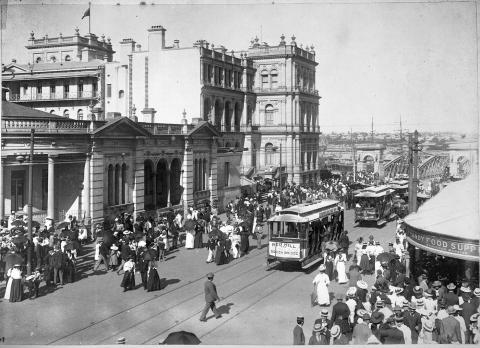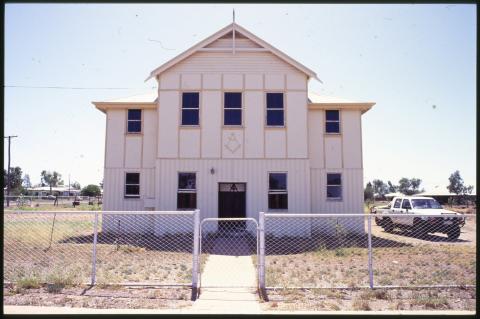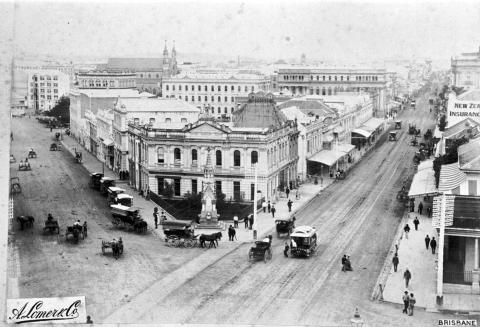
- News of the day
-
Cairns Post, Wednesday 27 September 1950, page 4
VANDALISM
INNISFAIL POST OFFICE
INNISFAIL, Sept. 25.-The stamp machine in the vestibule of the Innisfail post office has again been the subject of vandalism. Only recently the machine was overhauled by mechanics, and placed in working order, but last night the apparatus persistently returned all pennies which were inserted into the slot.
An examination of the machine this morning disclosed that some cigarette cardboard had been forced through the aperture, also a piece of tin from a matchbox, hence the inability of the public to obtain stamps last night
A watch is being kept with a view to ascertaining the identity of the vandals so that a prosecution may be launched.
- Background
-
The Innisfail area was settled by cedar-cutters, with the first major planting of sugar cane occurring in 1880. The town was laid out at the junction of the South Johnstone and North Johnstone Rivers in 1881, and was known as Junction Point. The name of the town was changed to Geraldton in 1883, and to Innisfail in 1910.
Innisfail was devastated first by a record flood in 1913, then by a cyclone in 1918, which destroyed many of the town's timber buildings. Despite these setbacks, the town prospered and opened its third sugar mill in 1916. By the 1920s, the Innisfail sugar industry was producing vast quantities of sugar cane and record yields of sugar. The prosperity of the town was reflected in the many buildings erected in the twenties and thirties, including many concrete buildings such as the first wing of the hospital, the Roman Catholic Church, the Commonwealth Bank and many other commercial premises. Also important in the town's development was the opening of the Jubilee Bridge in 1923, linking the town with East Innisfail and Mourilyan, and the Dardgee Railway Bridge in 1924.
Courtesy of the Queensland Heritage Register
/146.0311462,-17.5240904,7/450x450@2x.png?access_token=pk.eyJ1IjoicXNhLWRpc2NvLXFsZCIsImEiOiJjamJmdTgyZXEyeWNjMnlxZm8xcmtieHgxIn0.lmT9J5tTPKGuuccQgCVSAg)



